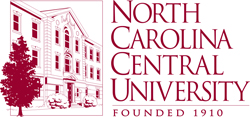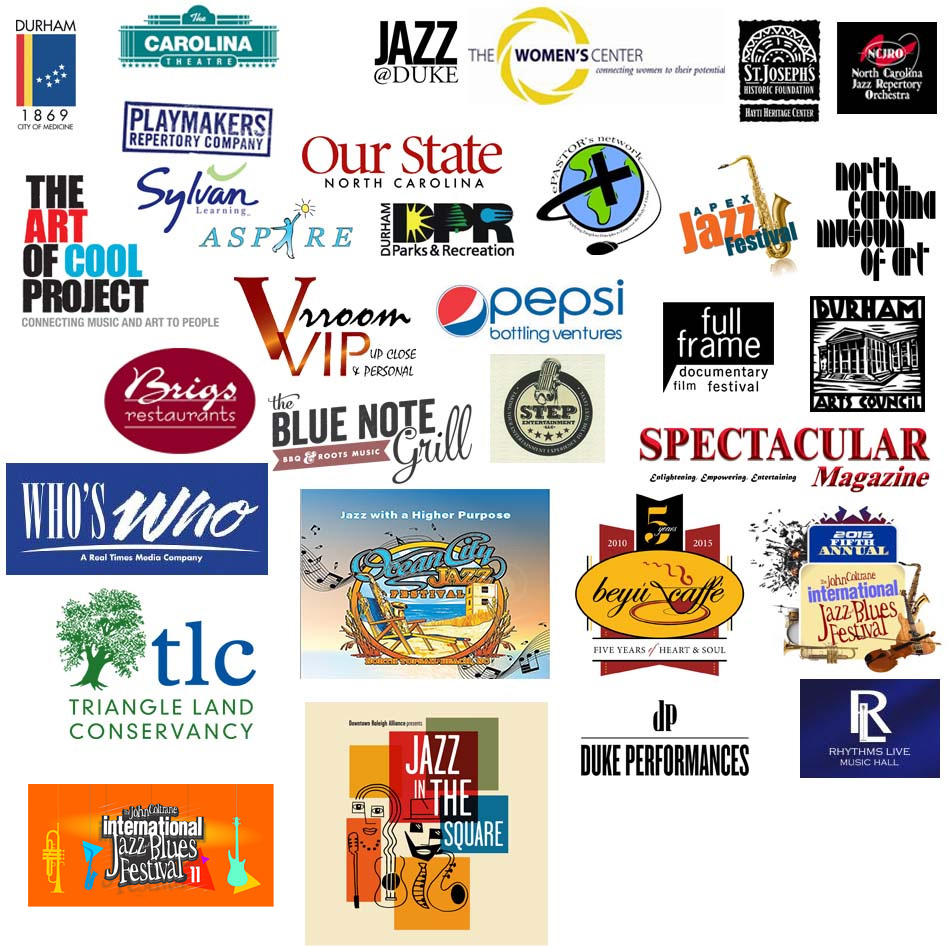NCCU Professor Featured in Our State Magazine
 Inspiring youth
Inspiring youth
Kinston native Ira Wiggins, who now-heads the Jazz Studies program at North Carolina Central University, remembers playing in his brother’s R&B group in the ’70s and making a good living from the various clubs in the area.
“We played in Rocky Mount, Wilson, all the small towns, as well as Kinston, Goldsboro, Washington,” he says. “There was a lot of work for live musicians at the time. I think that’s one of the reasons we were inspired by a lot of the older
musicians that were passing the music along to the younger generation, and these people really play.”
But a series of events and cultural changes, including the demise of the tobacco industry and even the advent of disco, helped decimate what was once a thriving musical circuit for African-American musicians in the area. Wiggins remembers seeing gigs dry up as club owners decided to hire DJs, who came cheaper than a full band.
“We were a pretty good group at the time,” says Wiggins. “We would play the same thing thing the DJ played, and everybody would sit there. As the DJ played the same tune, everybody would get up and dance. It was a kind of dichotomy: The older generation didn’t want to go out and hear records, and the younger generation didn’t
want to go out and hear live music, so eventually I think a lot of the clubs died out because of lack of support.”
These days, the rich African American musical history is a little more hidden. One of the goals among the trail’s organizers is to reach young people, many of whom have no clue about the rich musical heritage of their own hometowns.
Parker, in particular, remembers working with a group of students in Kinston. Afterward, one of the organizers told him something he simply couldn’t believe.
“He said, ‘Maceo, you’re not going to believe this. One little black kid came up and said, ‘I never knew black people played saxophone.’ And he was sincere.”
“We want it also to inspire youth,” says Myers, of The Monitors. “People still want to come up to us and touch the horn, hit the drum, and stuff like that. I did that as a child rnyself. And that’s inspirational. ‘If he can do it… then maybe I can do that” ”
Inspiration and motivation are abundant at the Community Council for the Arts in Kinston. In a renovated historic grocery store across the street from boarded-up buildings and lots still empty after being devastated by Hurricane Floyd, the arts council plays host to a youth jazz group on Wednesdays, affording middle and high school students of all races the opportunities to leam and play.
In one recent youth group session, long;tirne Kinston High School band teacher Charles Richberg, seated in front of the students with an electric bass in his hands, calls out, “Who wans to do a solo?” One boywith a trumpet speaks up.The others are shy.
“Come on,” says Richberg. “This is what jazz is about!”
His passion shines.
“There’s so much pulling our young people away from music itself and telling them you have to be ready for the 21st century,” says Richberg, who taught Maceo Parker’s children and often jams with musicians in the area. “But nevertheless musicians are still going to be here, no matter how advanced in technology we become. We’re still going to need musicians.
“Will it ever come back? I’d love to see it come back, but that’s going to be a long-traveled road and old diehards like me, Ira, Maceo, we still keep diggog at it to make it happen. I don’t think it would reach the mass of people like it did then, but it will be a part of this community.”
Karen A. Mann is a freelance writer based in Raleigh. She wites about area music on her blog, “Mann’s World.”

